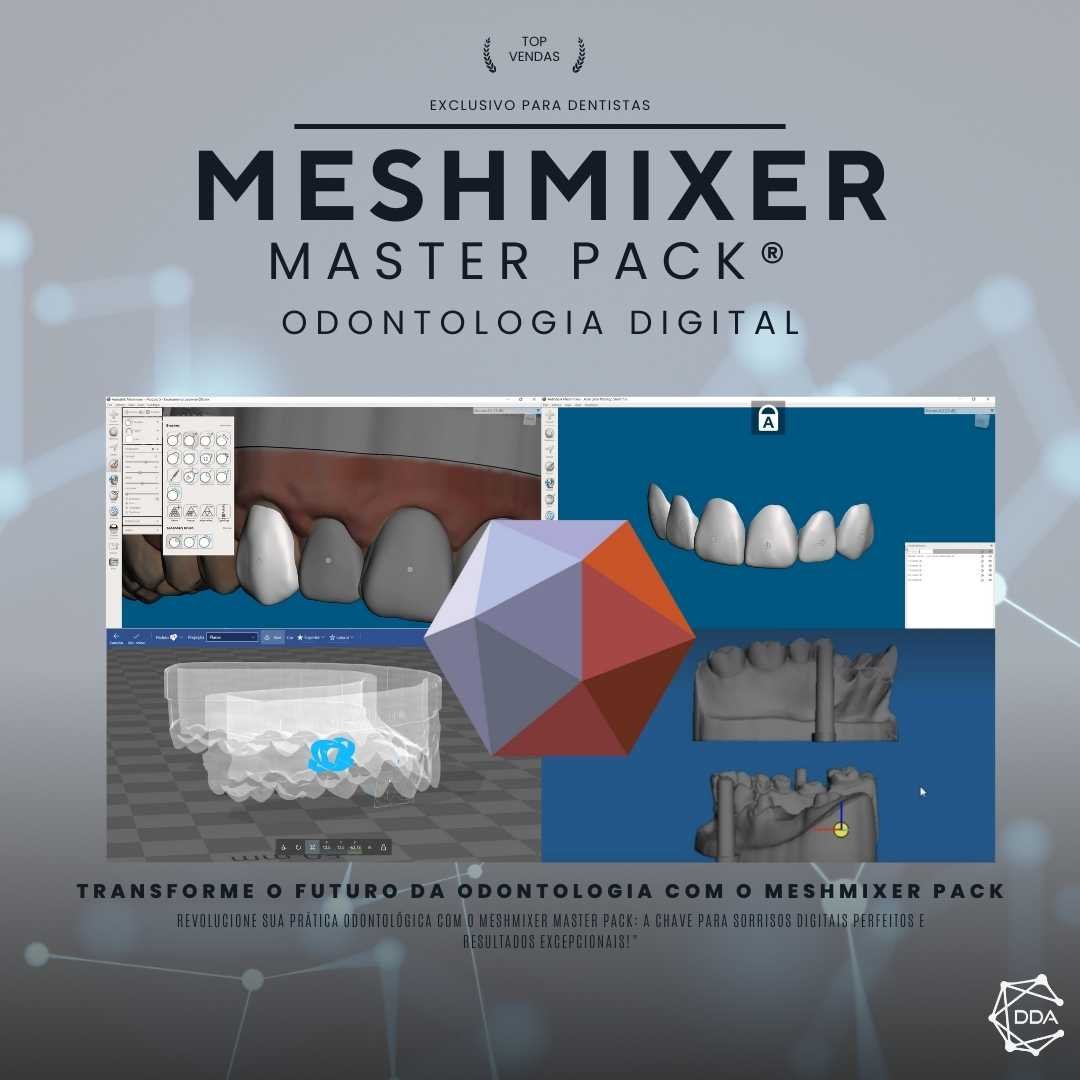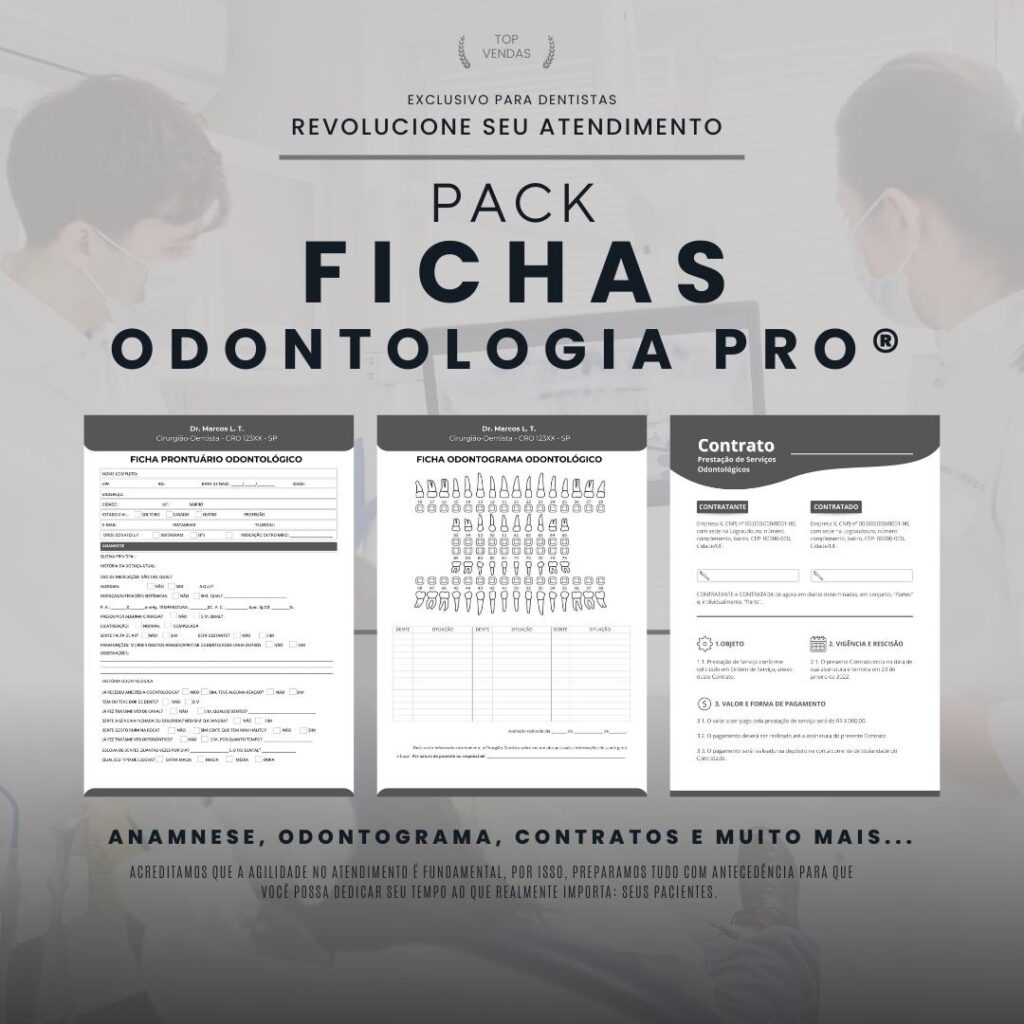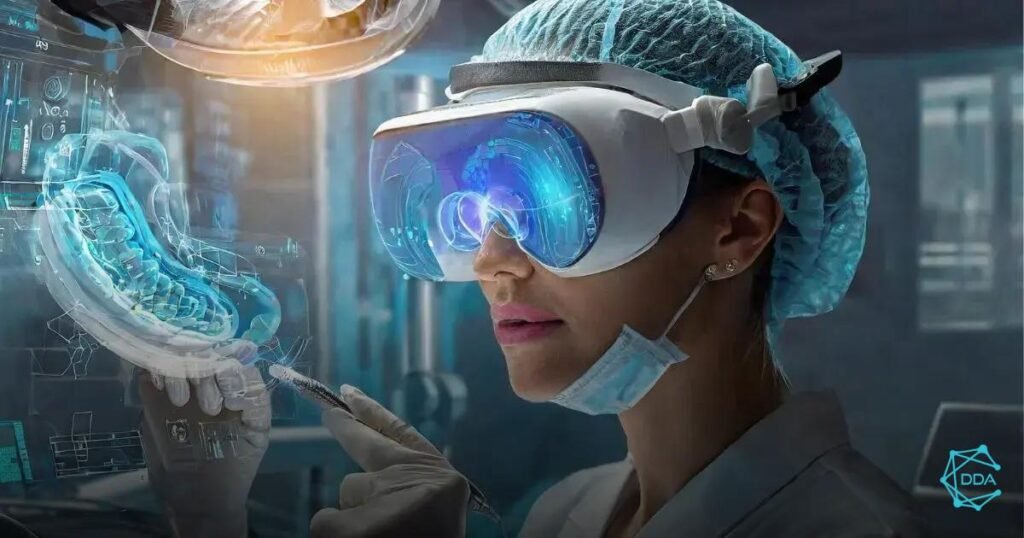The importance of using digital documents in modern dentistry
In the digital age, more and more dental professionals are adopting the use of digital documents in their clinical practices. This technological advancement has brought countless benefits to dentists and their patients, making processes more efficient, economical and sustainable.
What are digital documents?
Digital documents are electronic files that can be created, stored, and shared digitally. They can be text, images, spreadsheets, presentations, and many other formats. In the context of dentistry, digital documents are widely used to record information about patients, such as medical history, x-rays, 3D models, intraoral photographs, among others.
Advantages of using digital documents in dentistry
The adoption of digital documents brings several advantages to dental professionals and their patients. Below, we highlight some of the main advantages:
1. Ease of access and sharing
With the use of digital documents, it is possible to access and share information quickly and easily. Professionals can send and receive electronic documents through secure platforms, making information sharing more practical and efficient.
Additionally, patients can also have access to their own documents, which allows for greater transparency and participation in the treatment process.
2. Reducing paper waste
One of the great benefits of using digital documents in dentistry is the reduction in paper consumption. By eliminating the need to print exams and records, professionals contribute to preserving the environment, in addition to reducing paper and printing costs.
3. More efficient storage and organization
Storing digital documents is more secure and efficient than physical storage. Electronic files can be easily organized into folders and subfolders, making it easier to locate and retrieve information when needed.
Additionally, it is possible to perform automatic backups to guarantee the security and integrity of documents, protecting them against accidental loss or catastrophic events.
4. Real-time collaboration
By working with digital documents, it is possible to enable real-time collaboration between different dental professionals. This means that dentists and specialists can share and edit documents simultaneously, speeding up the decision-making process and improving communication between the team.
Implementation of digital documents in dental practice
Implementing digital documents in dental practice requires investment in specific equipment, software and adequate training for the team. It is essential to have professionals specialized in information technology to ensure a smooth and efficient transition to the use of digital documents.
Furthermore, it is necessary to follow the security and confidentiality standards of patient data, ensuring the protection of information and complying with the ethical guidelines of the profession.
Steps for implementing digital documents:
1. Assess the needs of the clinic and patients;
2. Acquire appropriate equipment and software;
3. Carry out training and qualification of the team;
4. Define a secure storage system;
5. Establish data security and confidentiality policies.
Conclusion
The use of digital documents in dentistry is an increasingly common trend in dental clinics. Through this technology, professionals can streamline their processes, improve access to data and provide more efficient care to patients. The transition to the use of digital documents requires planning and investment, but the long-term benefits make it worthwhile. It is an evolution that contributes to the modernization of dental practice, in addition to promoting sustainability and quality of care provided.







